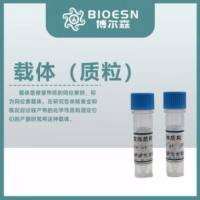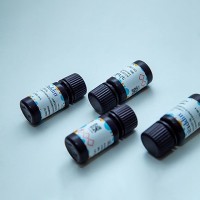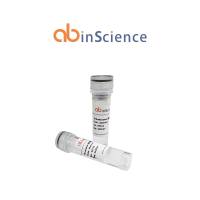Improved Vectors for Selection of Transgenic Caenorhabditis elegans
互联网
469
The generation of transgenic animals is an essential part of research in Caenorhabditis elegans . One technique for the generation of these animals is biolistic bombardment involving the use of DNA-coated microparticles. To facilitate the identification of transgenic animals within a background of non-transformed animals, the unc-119 gene is often used as a visible marker as the unc-119 mutants are small and move poorly and the larger size and smoother movement of rescued animals make them clearly visible. While transgenic animals can be identified from co-bombardment with a transgene of interest and a separate unc-119 rescue plasmid, placing the unc-119 in cis on the transgene increases confidence that the resulting transgenic animals contain and express both the marker and the transgene. However, placing the unc-119 marker on the backbone of a plasmid or larger DNA construct, such as a fosmid or BAC, can be technically difficult using standard molecular biology techniques. Here we describe methods to circumvent these limitations and use either homologous recombination or Cre-LoxP mediated recombination in Escherichia coli to insert the unc-119 marker on to a variety of vector backbones.









